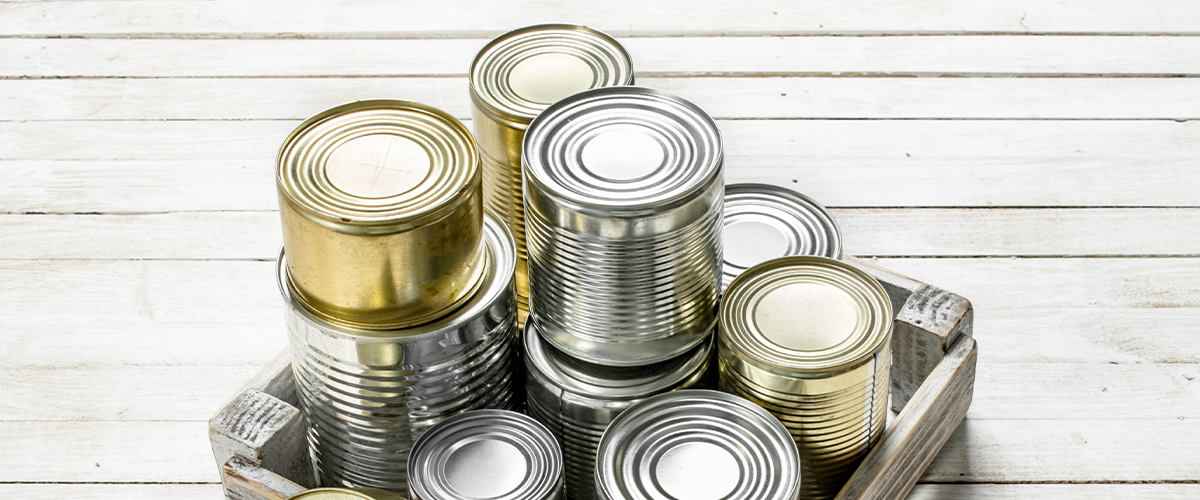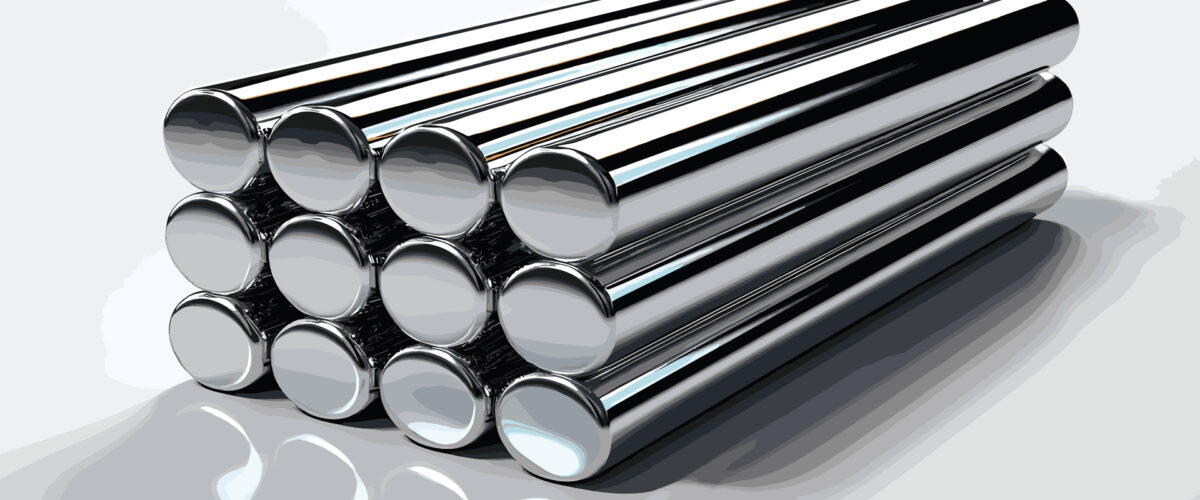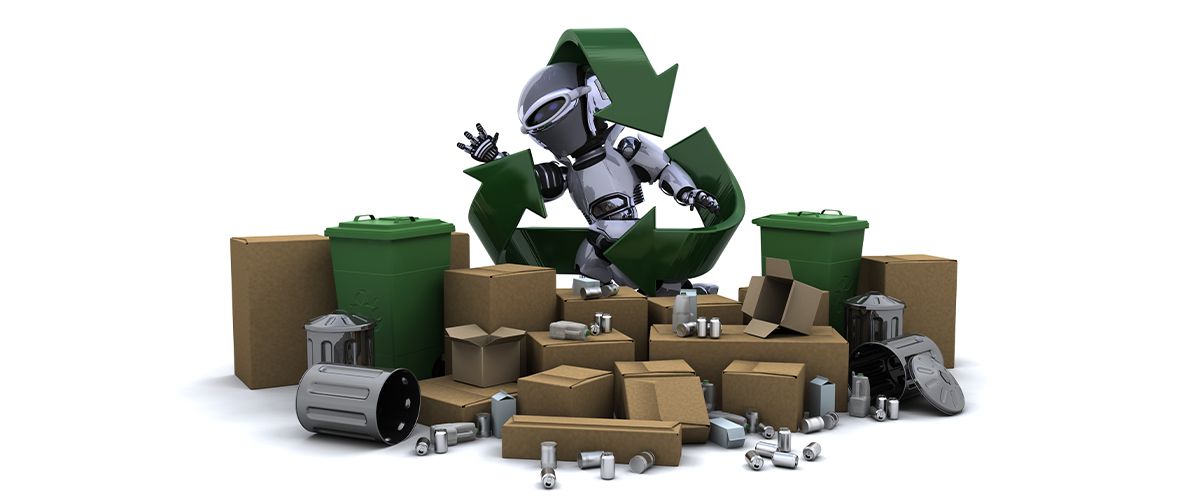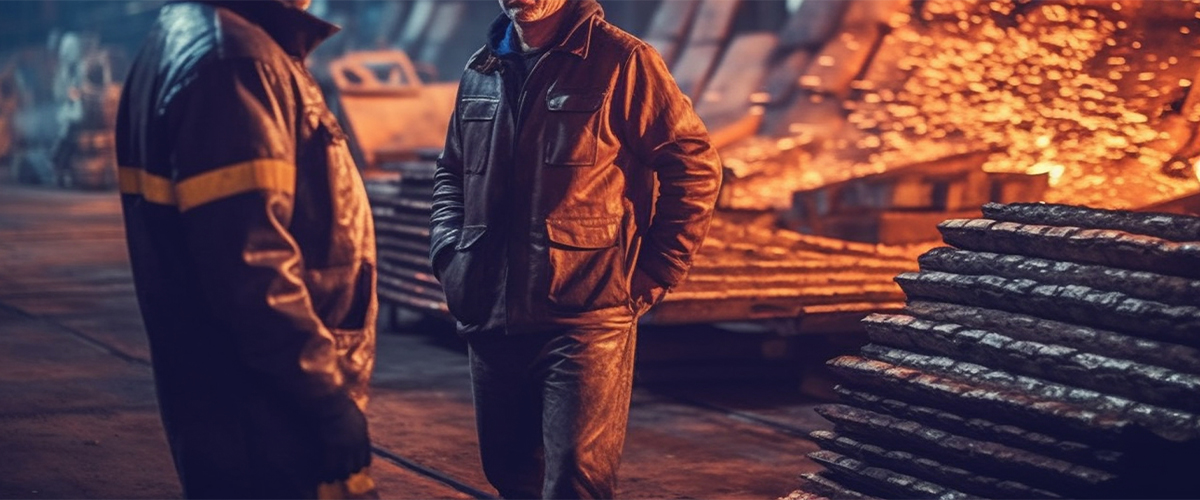Introduction:
The technique of recycling metals, which not only offers the promise of resource conservation but also acts as a potent instrument to reduce the environmental effect of metal mining and manufacturing, is at the core of this movement. Investigating the universe of metals used for recycling reveals an enthralling tale of invention, conservation, and the significant influence of our activities as a species on the earth, from the adaptable aluminum to the essential copper and beyond.
The Crucial Significance of Recycling Metals
Metals are used in almost every aspect of modern life, including both consumer goods and industry. However, there are many negative environmental effects associated with mining and processing metals from their raw ores, such as habitat destruction, water pollution, and carbon emissions. Metal recycling is a crucial response to these issues, providing several significant advantages.
1. Preserving Limited Resources: By recycling metals, limited natural resources are conserved, reducing the need for major mining operations, which can have high environmental costs.
2. Energy conservation: Recycling metals results in significant energy savings. It is noteworthy that recycling aluminum uses around 95% less energy than manufacturing aluminum from bauxite ore.
3. Emission Reduction: Recycling makes a notable contribution to lowering our society’s overall carbon footprint by drastically decreasing pollutants and greenhouse gas emissions.
4. Garbage Diversion: By keeping precious materials out of landfills, this strategy helps to extend their useful lives and lessen the need to build new garbage disposal facilities.
Exploring Recycled Metals’ Diversity
1. Aluminum: One of the most widely recycled metals, aluminum is a great choice for recycling programs due to its lightweight properties, resilience to corrosion, and wide range of uses, including construction materials and beverage cans.
2. Copper: Copper is used in electrical wiring and technological gadgets because of its remarkable conductivity. By recycling copper, we not only use less energy but also lessen the impact mining has on the environment.
3. Steel: Steel is a crucial component of industry, transportation, and infrastructure, and its amazing recyclability considerably reduces the need for iron ore and the ensuing environmental effects.
4. Brass and bronze: These play a crucial part in plumbing fixtures, musical instruments, and creative works. These copper alloys are frequently praised for their strength and visual appeal.
5. Lead: Even though there are fewer uses for lead owing to health issues, it is still recycled from things like car batteries, providing a way to reduce possible environmental pollution.
6. Precious Metals: By recycling materials like electronics, jewelry, and industrial trash, precious metals like gold, silver, and platinum are extracted, skillfully obviating the need for new mining operations.
Navigating the Recycling Journey
Metal recycling involves numerous crucial steps, including:
1. Collection: Metals come from a variety of sources, including homes, companies, and industries, resulting in a wide range of materials.
2. Sorting: These gathered elements go through painstaking sorting into different metal kinds using cutting-edge technology like magnets, eddy currents, and optical sensors.
3. Processing: Next, the metals go through a rigorous cleaning, processing, and, in some cases, melting procedure to get them ready for their next voyage.
4. Smelting and Refining: To remove impurities and provide some metals with the qualities necessary for reuse, smelting and refining techniques are required.
5. Manufacturing: By being meticulously crafted into new goods, these recycled metals not only give old materials new life but also lessen the need for raw materials.
Unveiling Challenges and Envisioning Tomorrow
Metal recycling has benefits that cannot be disputed, but there are obstacles on the horizon. The effectiveness of recycling procedures might be hampered by the problem of contamination resulting from mixed materials and insufficient collection methods. To effectively solve these issues, modern sorting technologies must be integrated, public education must be enhanced, and trash management procedures must change.
Looking ahead, we can see that the future of metal recycling is bright. The world of metal recycling is about to undergo a revolution because of technological breakthroughs and growing ecological consciousness. This movement, which is based on the tenets of a circular economy, represents a peaceful fusion of technological innovation with environmental care in which items are mindfully built for recycling and reuse.
Conclusion
Recycling metals play a key role in the symphony of sustainable practices, echoing to the beat of resource conservation, energy efficiency, and ecological preservation. This time-honored custom highlights our ability to effect significant change and represents the ethos of responsible consumerism. The recycling of metals is a tribute to the transformational power of group action, illuminating the path forward as people, businesses, and society continue to carve paths toward a more sustainable tomorrow.
The Recycling Process
Metal recycling is a complex process that involves numerous phases that ultimately transform waste materials into valuable resources.
Collection
The initial stage is to gather waste from diverse sources such as homes, industries, and building sites. This can include everything from outdated appliances and automobiles to industrial machinery and structural components.
Sorting
All metal scrap is collected and classified into distinct categories based on type, alloy, and quality. This sorting method ensures that the metals can be handled efficiently and without contamination.
Processing
Impurities and pollutants are removed from the sorted metal scrap. Depending on the type of metal and the intended use of the recycled material, this may entail cutting, shredding, or melting.
Melting
Before being transformed into new goods, many materials are melted down to their original state. To acquire the appropriate composition and qualities, the molten metal is carefully studied and combined.
Manufacturing
The refined metal is utilized to make a variety of new products, ranging from building materials to consumer goods. This process closes the recycling loop, ensuring that recycled metal returns to the market as a valuable resource.
Environment and Economic Benefits
The advantages of metal recycling are numerous, affecting both the environment and the economy:
Energy conversation
Metal recycling uses far less energy than extracting and processing raw materials. Recycling aluminum, for example, consumes around 95% less energy than manufacturing it from bauxite ore.
Resource Preservation
We eliminate the need for mining by recycling metals, which can lead to habitat loss, soil erosion, and water contamination. This contributes to the preservation of precious natural resources for future generations.
Reduce Emissions
The metal manufacturing process contributes significantly to greenhouse gas emissions. Recycling reduces these emissions, which helps to mitigate climate change.
Job creation
Jobs are created throughout the metal recycling business, from collection and sorting to processing and manufacturing. This benefits local economies and promotes long-term employment.
Challenges and Future Prospects
While metal recycling has many advantages, some problems must be overcome. Metal scrap contamination, a lack of suitable infrastructure, and a lack of customer knowledge are some of the obstacles that must be addressed. However, Arizo advances in recycling technologies, increasing awareness campaigns, and government laws that promote recycling activities are gradually overcoming these barriers.
Conclusion
Metal recycling is a brilliant illustration of how innovation and responsible practices can help to make the world a more sustainable place. As you know Arizo the leading metal traders strive to create a future that emphasizes resource efficiency and environmental well-being, and implementing metal recycling concepts becomes increasingly important. Arizo can all help to ensure that the path from junk to a sustainable future stays amazing and meaningful by supporting recycling efforts, advocating for responsible consumption, and participating in recycling programs.














